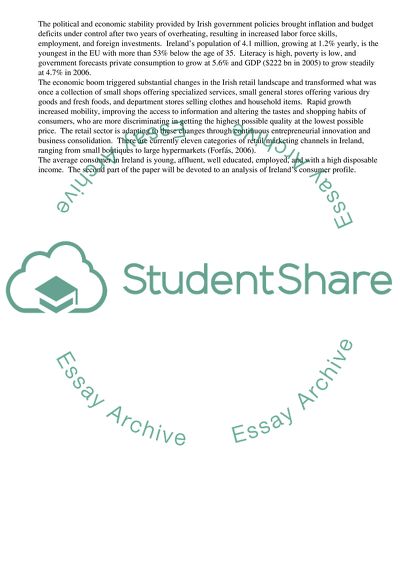Cite this document
(“Retail Market Environment in the Republic of Ireland Assignment”, n.d.)
Retail Market Environment in the Republic of Ireland Assignment. Retrieved from https://studentshare.org/business/1505664-retail-market-environment-in-the-republic-of-ireland
Retail Market Environment in the Republic of Ireland Assignment. Retrieved from https://studentshare.org/business/1505664-retail-market-environment-in-the-republic-of-ireland
(Retail Market Environment in the Republic of Ireland Assignment)
Retail Market Environment in the Republic of Ireland Assignment. https://studentshare.org/business/1505664-retail-market-environment-in-the-republic-of-ireland.
Retail Market Environment in the Republic of Ireland Assignment. https://studentshare.org/business/1505664-retail-market-environment-in-the-republic-of-ireland.
“Retail Market Environment in the Republic of Ireland Assignment”, n.d. https://studentshare.org/business/1505664-retail-market-environment-in-the-republic-of-ireland.


